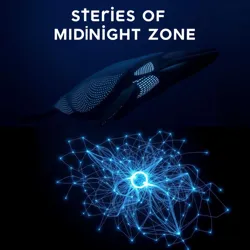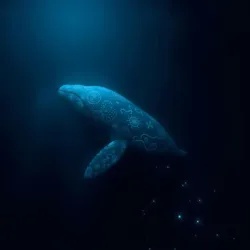Mysteries of the Midnight Zone
 A Pressure Whale photographed during the annual deep-sea migration, displaying its characteristic bioluminescent markings
A Pressure Whale photographed during the annual deep-sea migration, displaying its characteristic bioluminescent markings
Today's Featured Article
The Pressure Whale continues to astound marine biologists with its remarkable adaptations to extreme depths. Unlike surface-dwelling cetaceans, these creatures possess specialized calcium deposits in their skeletal structure that allow them to withstand pressures exceeding 1,000 atmospheres. Recent observations have documented their unique hunting strategy, using bioelectric pulses to stun their prey.
Recent Discoveries
Symbiotic Relationships in the Deep
Scientists have identified a fascinating partnership between the Trenchers Maw and colonies of microscopic hadal organisms. These microscopic creatures help process the massive amounts of sediment filtered by the Trencher's Maw, creating a complex ecosystem within its digestive chambers.
 The newly discovered Neural Net Organism forming connections between deep-sea vents
The newly discovered Neural Net Organism forming connections between deep-sea vents
Neural Net Organism
A previously unknown creature composed of interconnected bioluminescent filaments has been observed creating vast networks between hydrothermal communities. This organism appears to facilitate communication between various deep-sea species, including the Echo Chamber Beast.
Did You Know...
-
The Giant Amphipod can detect movement from over 2 kilometers away using specialized pressure-sensing organs
-
Crystallofin Serpents communicate through patterns of crystalline resonance that can travel for miles through the deep ocean
-
The deepest confirmed sighting of intelligent behavior occurred at 11,034 meters in the Challenger Deep Biozone
Current Research
The Abyssal Behavior Study has revealed complex social structures among deep-sea cryptids, particularly in the interaction between Pressure Whales and other hadal zone inhabitants. Meanwhile, the Deep Sea Communication Project continues to decode the mysterious signals emanating from the hadal zone ecology systems.
Upcoming Expeditions
The DSV Luminous will embark next month on a three-month mission to study the recently discovered Midnight Migration, where multiple species of abyssal cryptids appear to travel together along ancient deep-sea corridors.